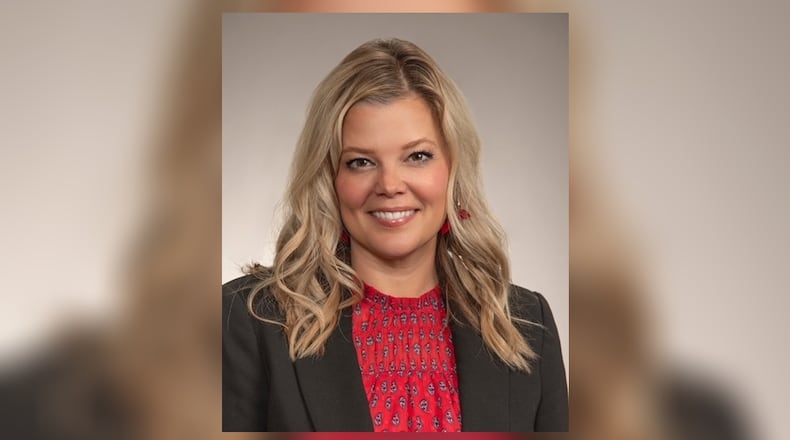Below, our fellows share their perspectives on AI’s role in teaching and learning, and how their experiences will shape the ongoing work of the Institute.
Amanda Duselis, STEM Fellow
As faculty, it is our duty to learn about AI platforms and teach thoughtful AI competency to our students so that they are prepared for employment. Employers are leveraging every AI tool available and expecting graduates to know how to use them; if we don’t teach our students, they will be left behind. In STEM fields, this means more than knowing how to prompt a chatbot—it’s about preparing students to critically evaluate AI outputs, apply them to laboratory work, and understand the ethical implications of using such tools in science and industry.
Kyle Jones, Business & Public Service Fellow
For IT and computer science students, AI isn’t just a tool—it’s a creative force. Our students are uniquely positioned to move beyond simply using AI and toward building with it: coding new solutions, generating original ideas, and solving complex problems from scratch. But with that power comes responsibility. As educators, we must help them harness AI ethically and effectively, encouraging innovation that benefits others. Teaching students to “vibe code”—to flow with AI as a partner in creation—opens the door to purposeful, human-centered technology that serves the world, not just the algorithm.
Wendy Moore, Health Sciences Fellow
As we incorporate AI into higher education, we must remain mindful of its potential to support—not replace—the human connections that define great teaching and learning. Thoughtfully applied, AI can enhance communication between faculty and students, open doors for deeper critical thinking, and create space for more meaningful engagement in the classroom. Sinclair also recognizes the reality of technology fatigue among both educators and students; we are intentionally adopting AI systems that aim to empower rather than overwhelm, offering an optimistic path forward for faculty and learners alike.
Luis Sanchez Alcazar, Liberal Arts Fellow
Concerns about “cheating” with AI often stem from misunderstanding what these models can contribute to learning. Students are adapting quickly to new technology, using available resources to solve problems creatively—a kind of intelligence in itself. Our role as educators is to guide them toward ethical, value-added uses of AI for studying, writing, and learning, rather than punitive approaches. Anybody can now use AI; our challenge is teaching students how to stand out—how to use these tools thoughtfully, critically, and with integrity.
READ MORE: How should higher ed prepare students for a world where AI is everywhere?
About the Author



